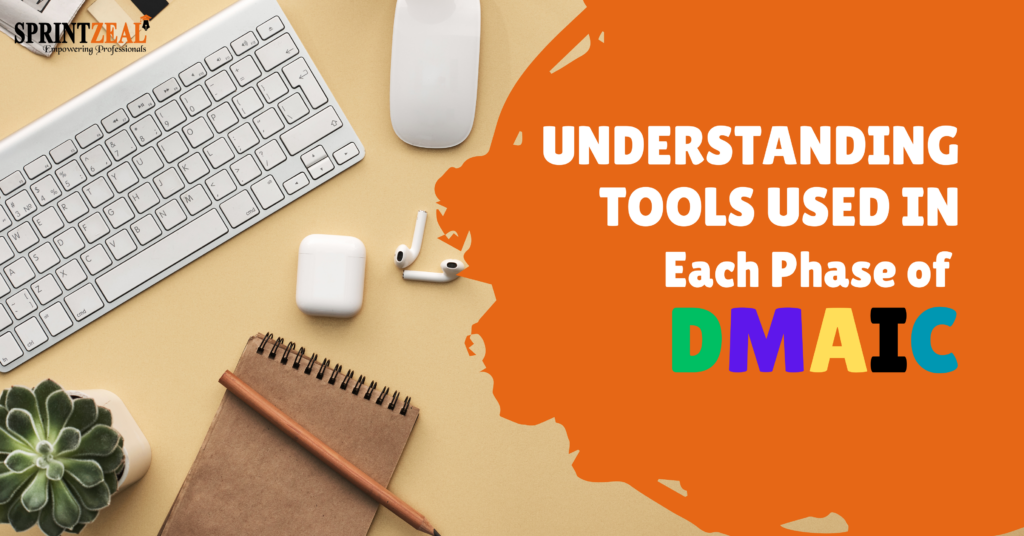
DMAIC Tools: A Practical Guide to Process Improvement
DMAIC (Define, Measure, Analyze, Improve, Control) is a structured problem-solving method used to improve processes. Each phase of DMAIC has specific tools that help guide the improvement effort. Here’s a breakdown:
- Define: Focuses on clearly defining the problem and project goals. Tools like a Project Charter and SIPOC Diagram (Suppliers, Inputs, Process, Outputs, Customers) help map out the scope and stakeholders.
- Measure: Involves collecting data to understand the current state of the process. Tools like Data Collection Plans, Process Maps, and Measurement System Analysis (MSA) help ensure accurate and reliable data.
- Analyze: Aims to identify the root causes of the problem. Cause-and-Effect Diagrams (Fishbone), Pareto Charts, and Hypothesis Testing are commonly used.
- Improve: Focuses on developing and implementing solutions. Tools like Brainstorming, Failure Mode and Effects Analysis (FMEA), and Design of Experiments (DOE) help identify and test effective solutions.
- Control: Ensures that improvements are sustained over time. Control Charts, Statistical Process Control (SPC), and Standard Operating Procedures (SOPs) are used to monitor and maintain the improved process.
Using the right DMAIC tool at each stage is crucial for successful process improvement. The choice of tool depends on the specific problem and the type of data available.
Want to explore the specific tools used in each phase of DMAIC? This article on DMAIC tools provides a detailed overview. It’s a great way to deepen your understanding of how to use these tools effectively. It offers practical guidance and examples for each step.
0 Comments